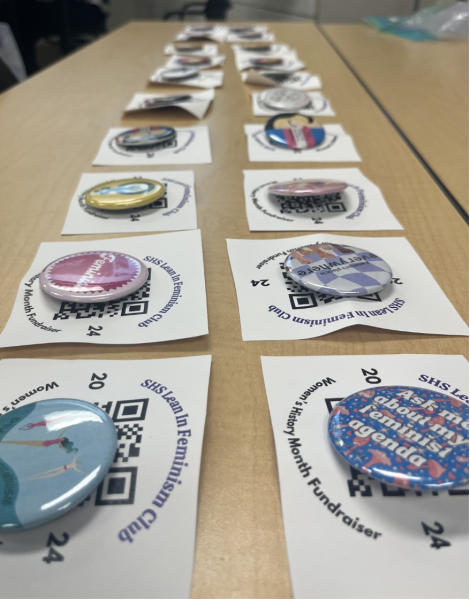What happens when students rent learning?
It’s 12 a.m. on Monday, the perfect time for many students to crack open that AP textbook and start cramming for the unit test tomorrow. No, today.
At one point or another, students may have found themselves frantically studying for a test or quiz last minute, but cramming often leads to a failure to learn and retain the information, according to Jeff Greene, Associate Professor of Learning Sciences and Psychological Studies at the University of North Carolina. Those who cram tend to exhibit a performance orientation, the desire to get a good grade by temporarily absorbing information. On the other hand, students who have a mastery orientation—the desire to learn regardless of the grade—tend to put more time into studying and retaining information for a longer time, Greene said.
Performance orientations tend to be exemplified by students in content-based classes where the curriculum is more centered around memorizing dates, times and names, according to Anthony Reibel, Director of Assessment, Research and Evaluation.
Students might value their grades over actually learning the material because of the way intelligence is defined. In many schools, intelligence tends to refer to someone who can work quickly without working hard, Greene said. This can be damaging because it fails to emphasize the importance of learning and remembering information.
“Intelligence is just someone’s ability to work hard, learn material deeply and care about it, but we do things explicitly and implicitly to suggest to students that if you don’t learn it quickly then you’re dumb and will never learn it,” Greene said. “Schools should create an environment where students take learning as something that they can get better at over time.”
Stress often motivates students to study for a good grade instead of to study for mastery of the material in their classes, according to Jamie Blackman ’16, Future Educators of America president. The lack of sleep, extracurricular activities and busy schedules can force students to cut back on the time they dedicate to studying for their upcoming exams.
“With all the pressure that is put on Stevenson students, it’s hard to be a motivated student who wants to learn and still have time to sleep at night and spend with family and friends,” Blackman said. “Unfortunately, students who are trying to cope with the pressure sometimes use transient learning methods, like studying right before class, which is not always the best choice.”
Greene explains that it is unrealistic to expect students to be deeply passionate about everything they encounter in school because students tend to have courses that they like better than others. The hope is that they are learning to appreciate all of their classes and retaining some things, Greene said. Greene also recommends study strategies to help students better retain the information that they learn. Students can master a subject better if they take the same amount of time they spend cramming and spread it out two or three weeks before the test.
In order to break the trend of performance oriented students, the Stevenson administration recently directed more attention to in-class assessment and instruction. Reibel explained how this is to make sure students are engaged in nontransient learning rather than just memorizing the material to get a good grade on the test.
“Learners co-construct knowledge with teachers, and renters do mass practice through an absorption model,” Reibel said. “We’re really hoping to eradicate the absorption model from the learning experience.”
Reibel stressed that lowering the time students have to react to the feedback they receive from one assessment before taking another assessment can help eradicate the absorption model. The feedback piece ties into the two orientations because learners accept feedback and they act on it quicker while renters have a low acceptance rate for feedback and ignore the potential for action. However, a reaction time that is too low can hurt the learner.
“If the reaction time is off, students can’t to do anything but absorb [information],” Reibel said. “In this case, students would just take in the information quickly and spit it back out because the next test is approaching, but if it’s too long, students only react [to the feedback] for the time being and forget about it later on.”
Many Stevenson courses have adopted Standards Based Grading which promotes the learning model by requiring students to show competency. Students can’t simply reproduce what the teacher says through the learning model because they must synthesize their own thoughts.
Out of the three thousand students who responded, three times as many students liked the learning model compared to those who disliked it, according to a school-wide Standards Based Grading survey. These results support the claim that there is a larger number of learners at Stevenson, Reibel explained.
“We have the utmost confidence in Stevenson students as learners, Reibel said. “We’re trying to support them to reach the potential that we know they can reach by looking at some of our infrastructure such as feedback, instruction, curriculum and assessment.”











